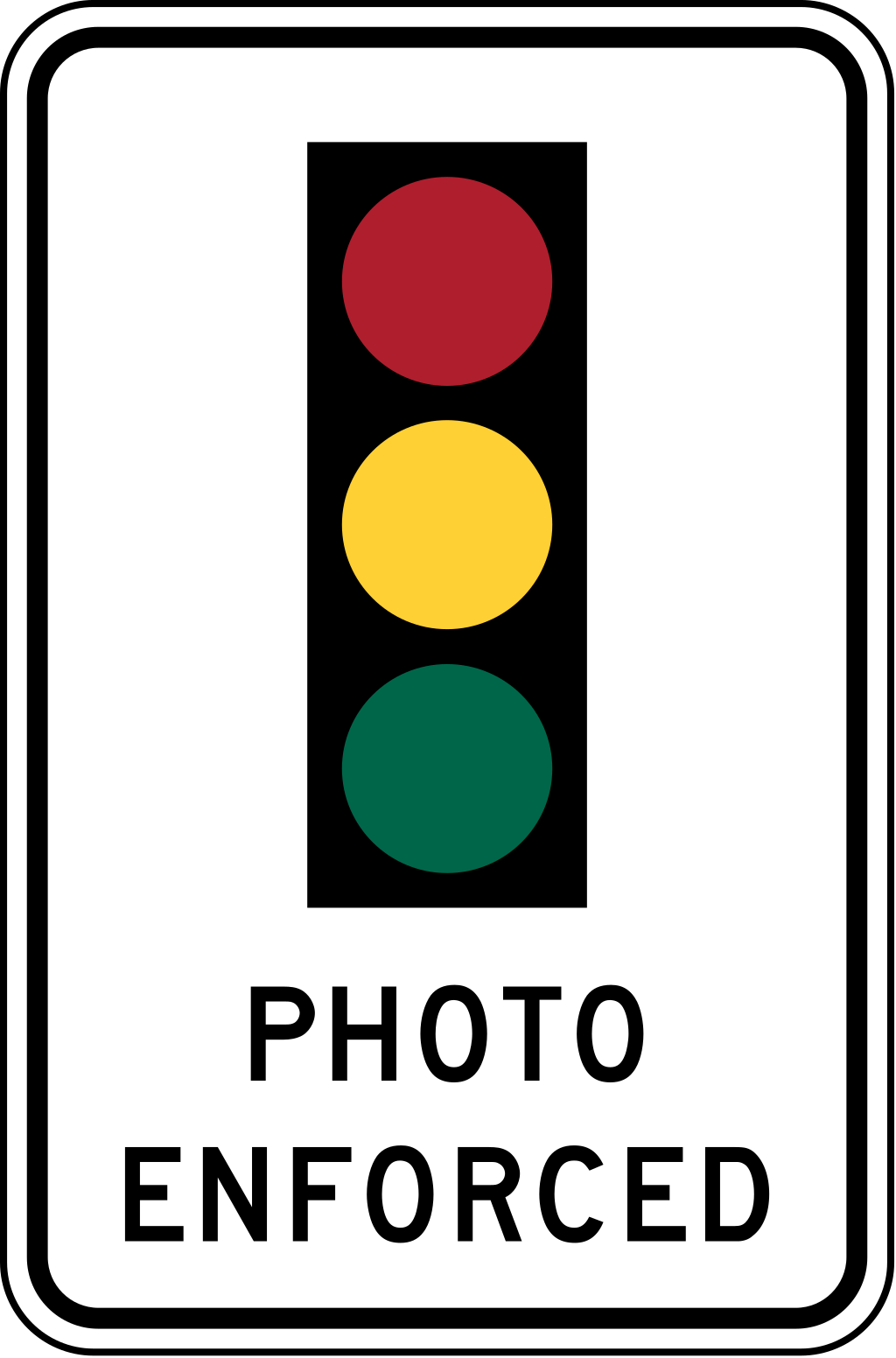
Earlier this month, Texas Governor Greg Abbott signed a bill that will ban the use of red light cameras anywhere in the state. The bill will largely take effect on Sept. 1, but it will also allow communities more time to complete their contracts with the private companies who operate the cameras, if needed, which means they will also get some extra time to share revenue from the tickets that are written.
According to the National Conference of State Legislatures, Texas joins seven other states in banning the cameras, including Maine, Mississippi, Montana, New Hampshire, South Carolina, South Dakota, and West Virginia, although at least 20 additional states have no red light traffic cameras within their borders.
The Pros and Cons of Red-Light Cameras
This is a decision that is not without controversy. The camera ban is welcomed by many drivers, who believe the cameras work too quickly. Too often, according to critics, the cameras capture an image of a vehicle’s license plate that has merely edged into the intersection while waiting to make a left turn and being stuck there when the light turns red. Others have complained that the cameras are set off if a vehicle is mere inches over the line, even if it stops at the very last second. Some critics of the cameras point out that there has been an increase in rear-end collisions in some places since the cameras were installed. According to camera opponents, the rear-end collisions happen because of sudden braking because of the flash and because enforcement of the cameras is anything but transparent.
However, those who support the use of red-light cameras tend to cite data from a recent study from the Federal Highway Administration, showing that, while rear-end collisions increased by 15 percent for red-light running crashes, angle crashes, like t-bone side crashes, decreased by about 25 percent.
That said, while there have been many frustrations with the red-light traffic cameras, especially the surprise when a recipient gets a bill for $75 without a hearing. Many municipalities have reported an overall decrease in accidents since the advent of red-light cameras, especially those involving side collisions. For example, the city of Plano Police Department has reported that, before the red-light cameras were installed in 2006, there were around 17 crashes per day on city streets, but that number dropped by about one-third since the cameras were installed at the city’s most problematic intersections, meaning those with the highest number of red light runners and accidents.
Texas Cities Already Taking Action
Although the law doesn’t officially take effect until September, local police departments throughout Texas are already taking steps to prepare for the inevitable. Some police Departments have announced they have already stopped processing tickets, while several others have already deactivated their traffic cameras.
Still others, like the Haltom City Police Department, have announced they have already terminated their contracts with vendors that provide the cameras and process the tickets. Another major complaint about the red-light cameras was that the cameras are overseen by private companies who get to keep a portion of the revenues from the tickets they generate. That creates an incentive to place the cameras in high-traffic areas. There are a lot of opponents who think the existence of the cameras is unconstitutional since those receiving the tickets were not given an opportunity to “face their accuser.” However, as proponents of the cameras point out, those who received the tickets, whether they were drivers or vehicle owners, always had the opportunity to contest the video and snapshot evidence that was included with the citation.
In 2017, there were 890 fatalities in crashes related to a driver running a red light. More than half of those deaths were pedestrians, bicyclists and passengers in other vehicles. Over the last decade, that number came to about 827 fatalities, on average.
Cameras Have Been Falling Out of Favor For Awhile
The use of red-light cameras dates back to 1992, which is when New York City began to use them. Over the next 20 years or so, a number of state and municipal governments followed suit. According to the Insurance Institute for Highway Safety (IIHS), in 2018, about 400 communities in the United States were operating red-light cameras. That, despite the fact that more cameras have been removed than installed since 2012.
There is no consensus as to whether red-light traffic cameras reduce accidents or not. A recent study by Insurify, a website where consumers can compare auto insurance rates and buy insurance, lists the Top Ten states with the highest failure-to-stop rates, meaning drivers who failed to stop at a red light or a stop sign, and seven of them had red-light cameras in their states. On the other hand, of the 10 states with the lowest failure-to-stop rates, seven never implemented red-light cameras.
With the elimination of red-light cameras in the state of Texas, drivers themselves have to take on more of the responsibility for driving safely at intersections. Time will tell whether red-light cameras made our state safer, or if the cameras were little more than a way to raise money for local governments. While we find out the safety effects, we will all have to drive more carefully around intersections. We want everyone to arrive home at the end of their drive.
